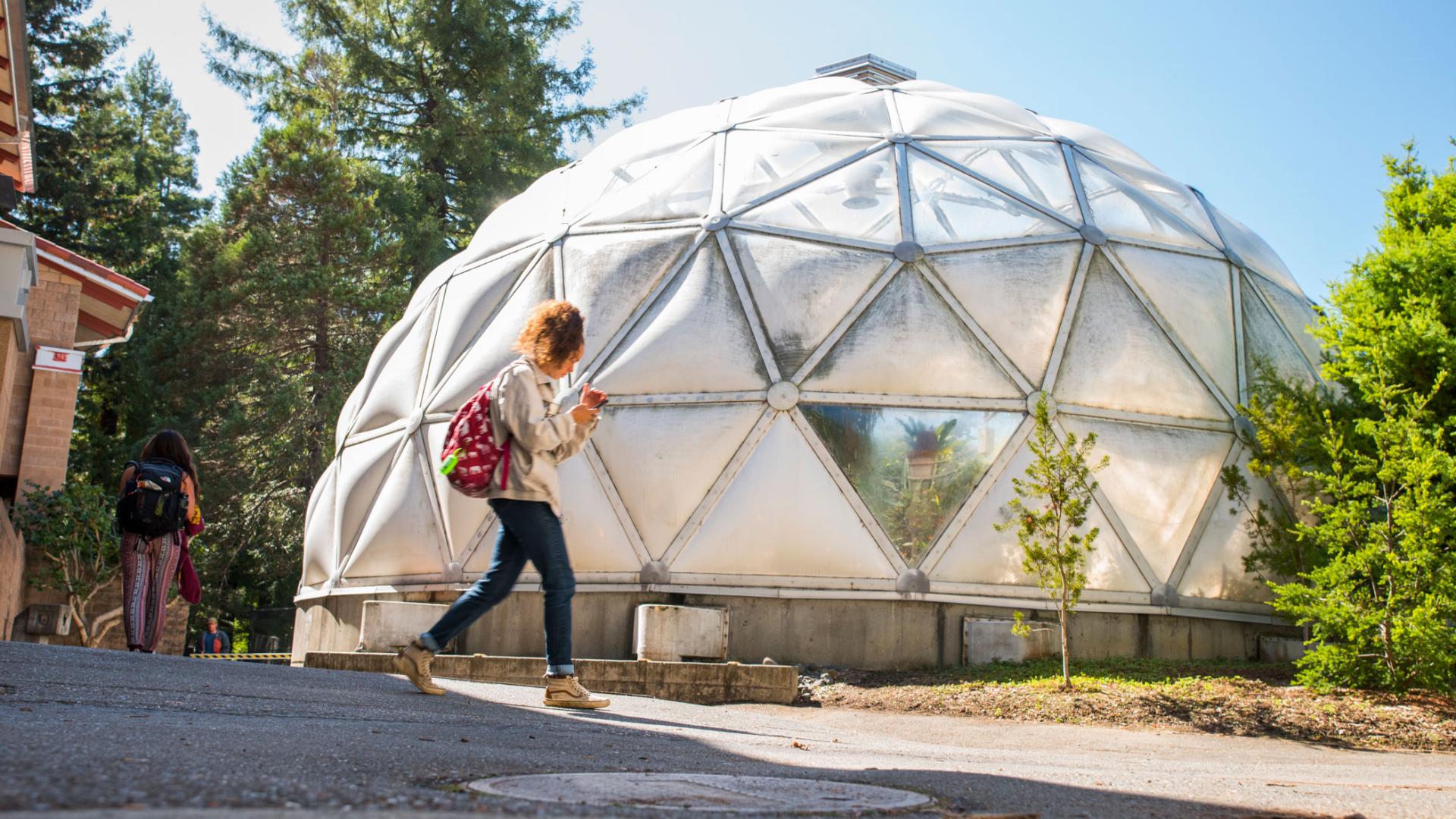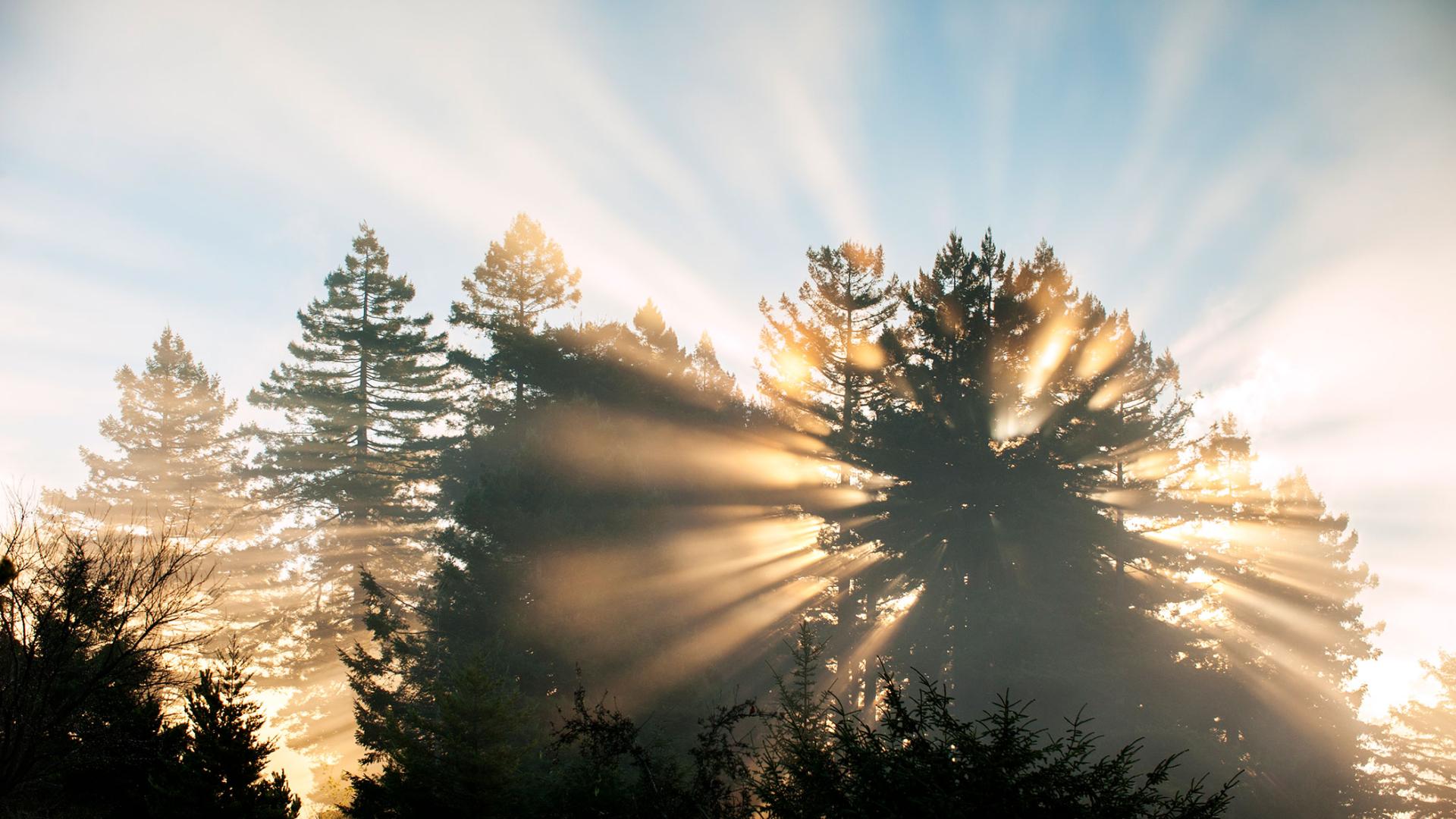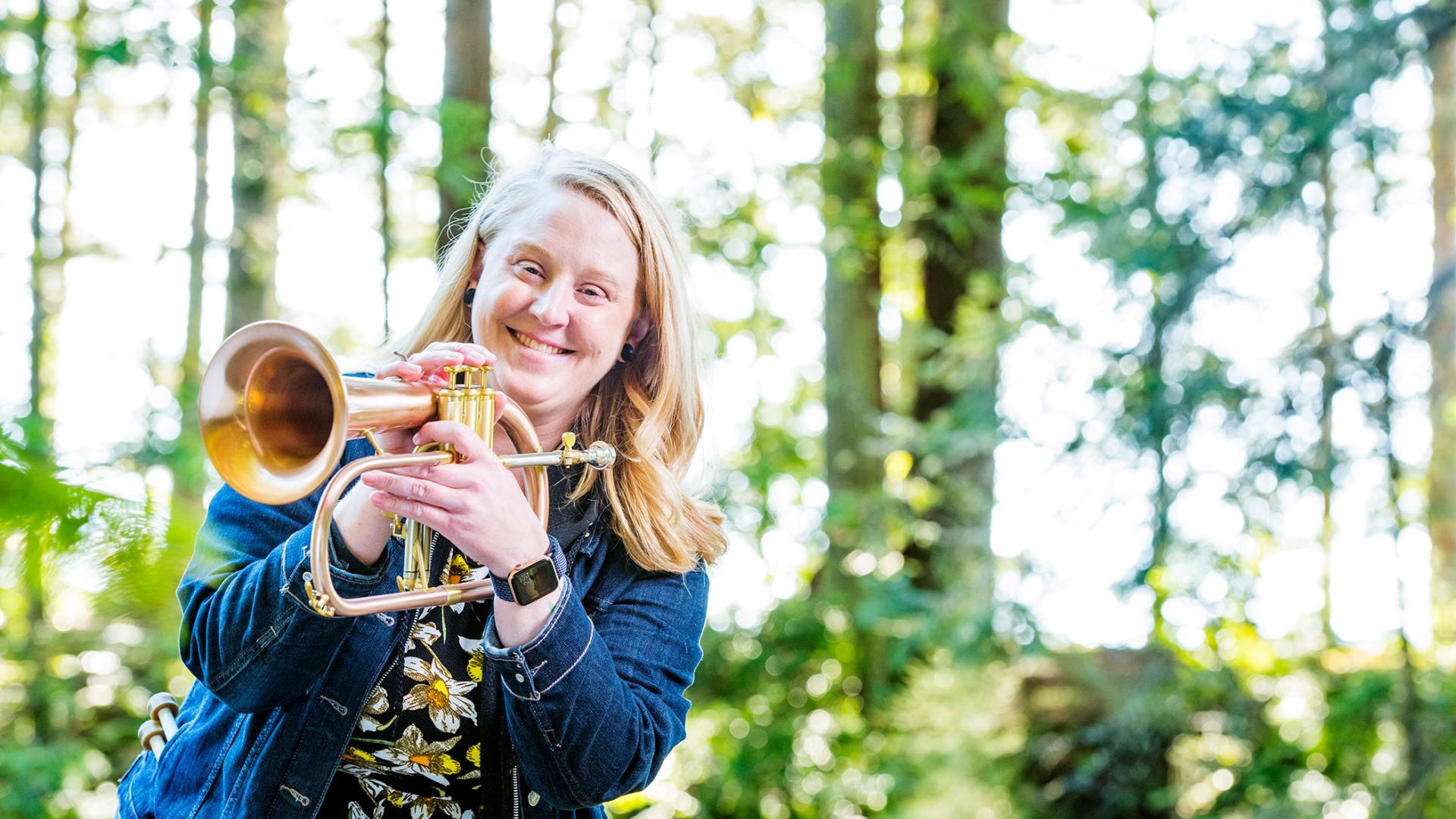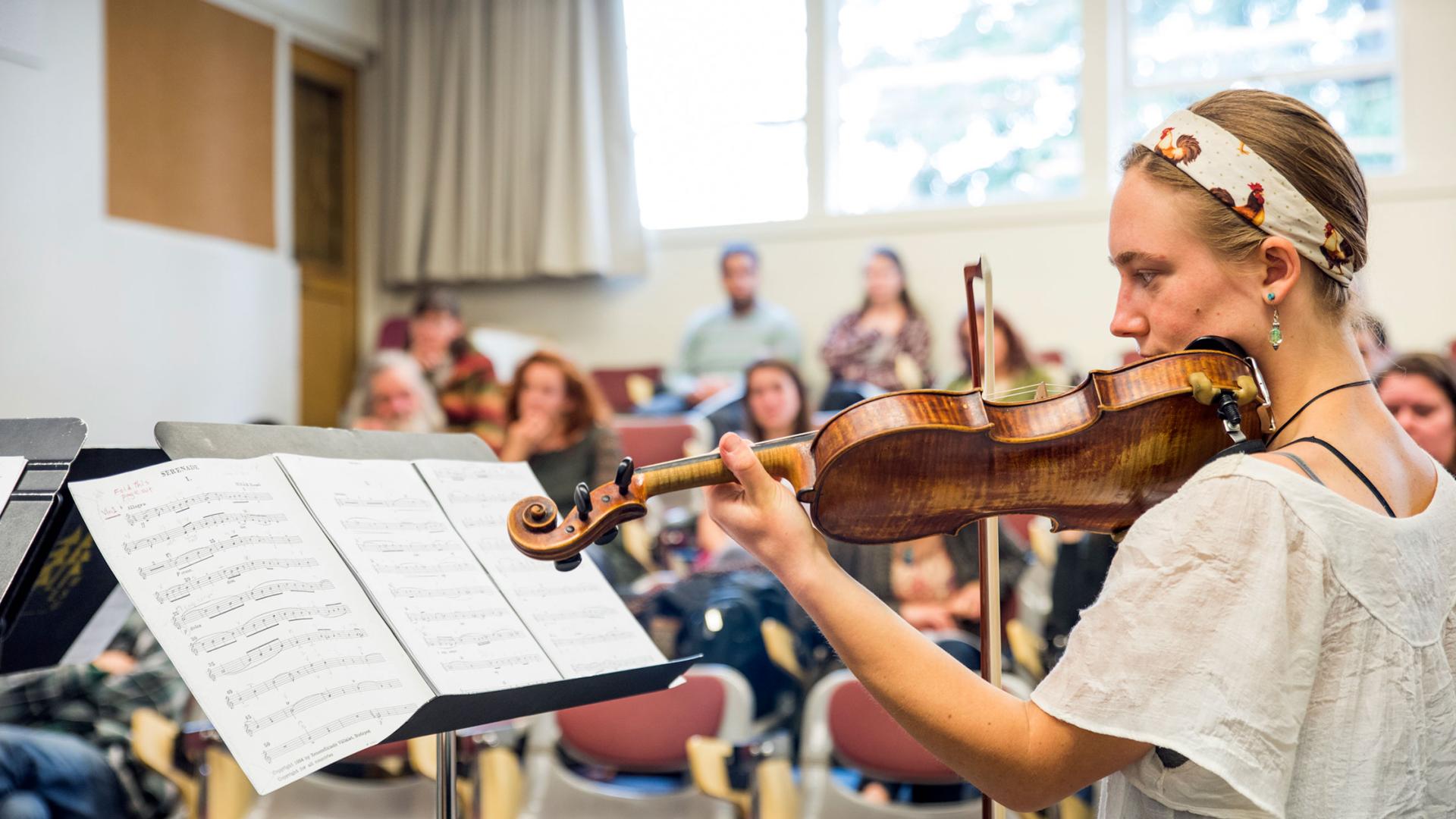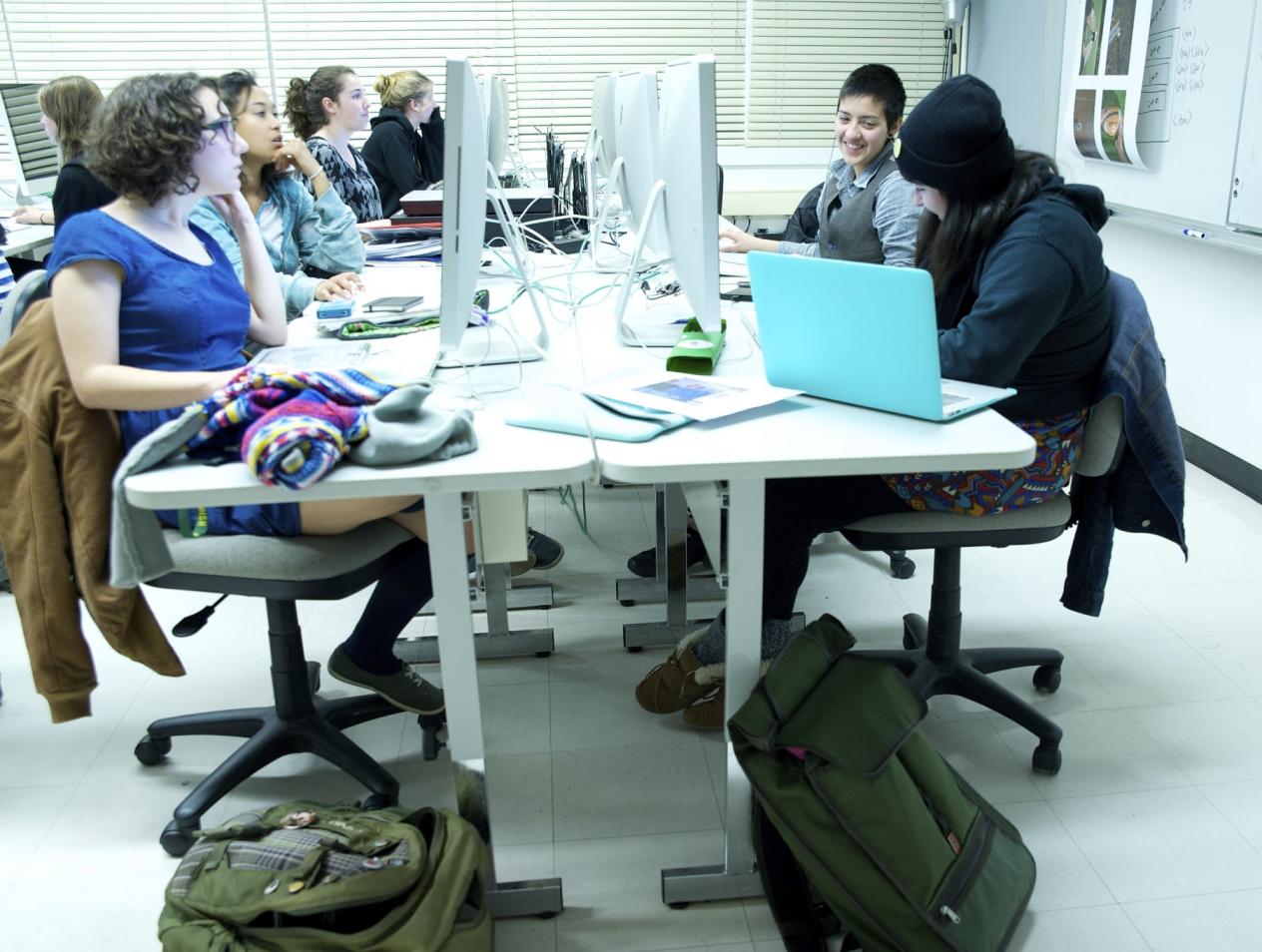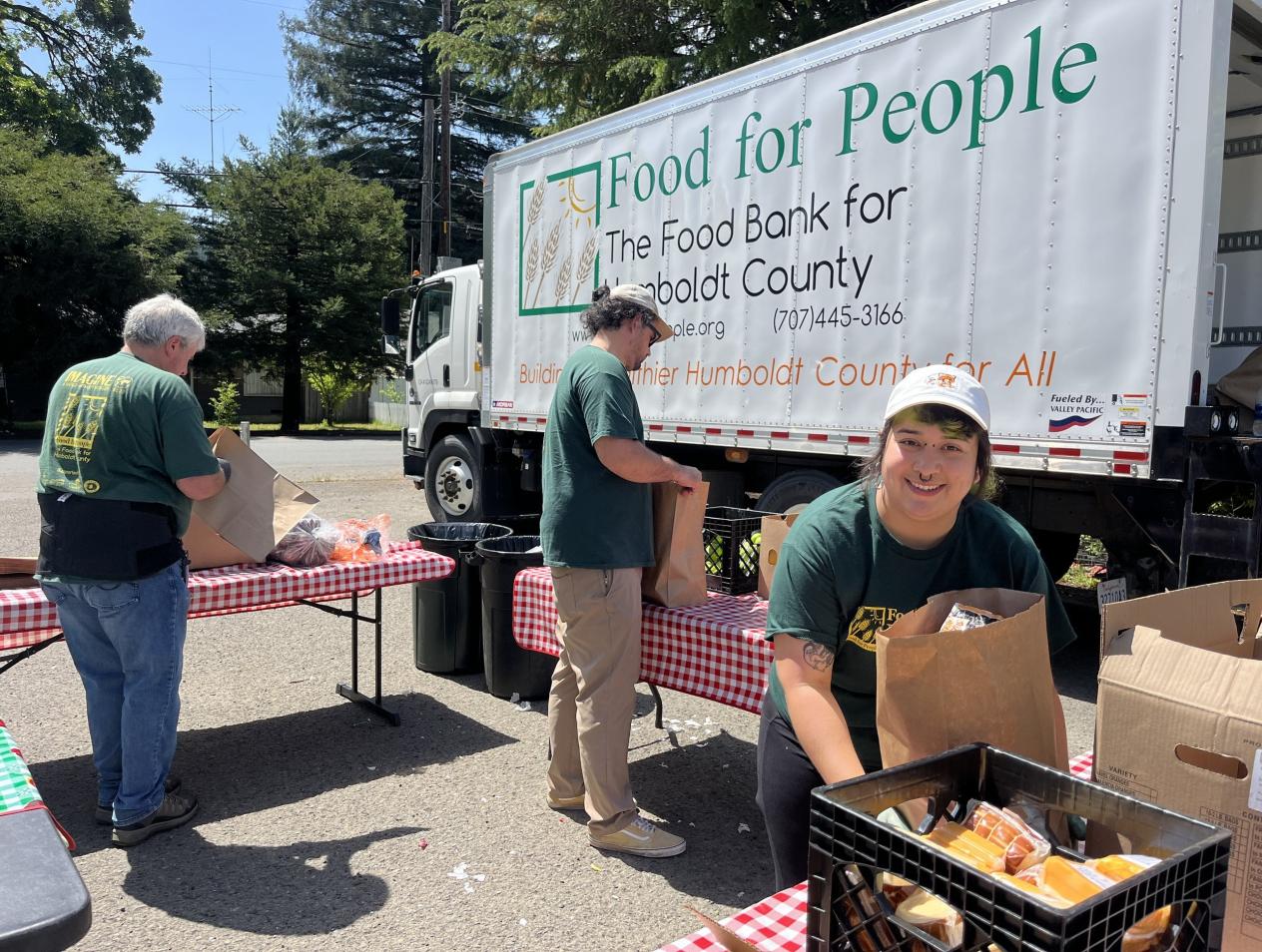Administrative Support Coordinator
Breadcrumb
Grace Coleman
Administrative Support Coordinator II
Black Liberation Month
SHIFT has allocated the needed funds for both Black Liberation Month 2025 and 2026. The activities throughout this month aim to uphold sustainability through a social justice lens by creating and implementing programming that centers our most marginalized population on campus, those being Black-identified students. Through a month of events and engagement opportunities, we hope to spotlight and uplift our Black-identified student population by keeping the Black experience as the foundation of the ideas we put forward in this project.
ECycler Expansion Project
The E-Cycler Expansion Project seeks to improve recycling rates, reduce waste contamination and support the university’s waste reduction goals. It calls for the purchase of eight Max-R brand E-Cycler bins, in which students, faculty and staff can deposit universal waste items like batteries and electronic devices. Cal Poly Humboldt’s new Zero Waste Action Plan (ZWAP) identifies the need to expand consumer electronics recycling to meet the increasing amount of e-waste generated on campus by adding additional collection bins.
Planetary Care for Young Learners
This project focuses on offering young children in the Child Development Laboratory opportunities for engagement with the natural world and the ability to develop an ethic of care for our planet. Children will be able to spend time outdoors and in the Arcata Community Forest no matter the weather, geared up for the elements and ready to observe, interact, and develop an ethos of care for the place they call home.
Critical Agriculture Sustainable Student Farm
This project will serve students in the emerging Critical Agriculture Studies major and the wider university community. The project will fund some initial infrastructure, including two polycarbonate greenhouses, a rainwater catchment system and a vegetable washing station. A part of this project is the ‘Cotton & Collards: A Black Plant Relationships Initiative’ which focuses on two plants central to the history of Black people in the United States.


